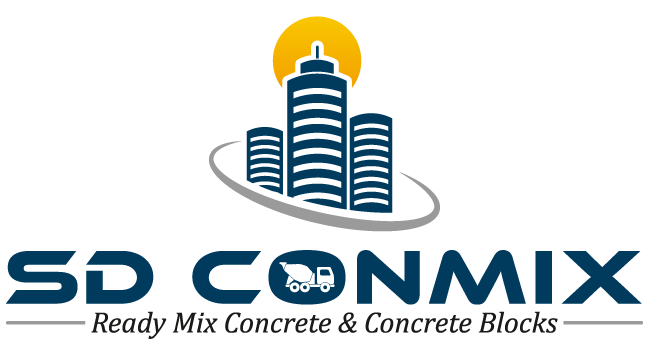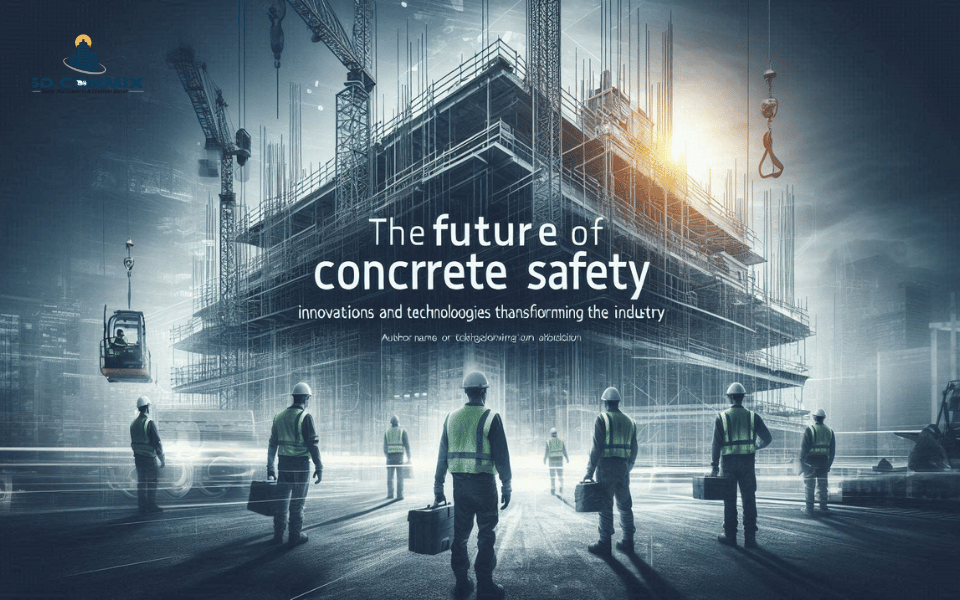Introduction
The construction industry is an essential part of our everyday life in India. Today, the construction industry is being transformed innovatively, through the use of technology. The traditional construction methods are being replaced by new technologies that improve efficiency, safety and sustainability, for example, Ready-mix concrete (RMC). If you are looking for the best Ready-mix concrete (RMC), SD Conmix, a pioneer in the manufacturing of RMC products, Bangalore provides you with the latest and most reliable mixture. Today, we will look at how technology is changing the future of the construction industry. We will look at the key trends and their effects on the construction industry.
1.Building information modelling (BIM)
Building Information Modeling (BIM) is a digital representation of the physical and functional characteristics of a building project. It integrates architecture, engineering, and construction data to streamline design, visualization, and collaboration throughout the project lifecycle.
BIM enables stakeholders to create, share, and manage information effectively, fostering efficient decision-making and reducing errors.
Through 3D modelling, BIM enhances project visualization, enabling stakeholders to explore designs in detail before construction.
It facilitates coordination among various disciplines, improving project efficiency and reducing distortion from what is planned.
BIM’s data-driven approach enhances sustainability by optimizing resource usage and promoting better building performance analysis. Overall, BIM revolutionizes the construction industry, improving productivity and quality.
2.Drones in construction
Drones revolutionize construction by offering efficient surveying, monitoring, and inspection solutions. Equipped with high-resolution cameras and sensors, drones swiftly capture aerial imagery, mapping terrain and progress. They enhance safety by inspecting hard-to-reach areas, reducing human risk. Real-time data collection optimizes project management, detecting issues promptly for timely resolution.
Cost-effective and time-saving, drones streamline operations, improving productivity and precision in the dynamic realm of construction.
3.3D Printing in construction
3D printing is revolutionizing the construction industry by using additive manufacturing (AM) to build structures layer-by-layer. This revolutionary approach provides unmatched design flexibility, shortens construction cycles, reduces waste, and unlocks the potential of sustainable materials.
From homes to bridges to skyscrapers, 3D Printing in construction is revolutionizing the built world with efficiency and innovation.
4.Robotics and automation
Robotics and automation in construction revolutionize the industry by integrating advanced machinery and AI-driven systems to enhance efficiency, safety, and precision. From autonomous vehicles transporting materials to drones inspecting sites and robotic arms assembling structures, these technologies optimize processes, reduce costs, and accelerate project completion, shaping the future of construction.
5.Augmented Reality (AR)
Augmented Reality (AR) transforms construction by overlaying digital information onto real-world environments. Through AR goggles or mobile devices, workers visualize building plans, detect errors, and coordinate tasks with precision. This technology enhances efficiency, reduces errors, and improves safety by providing real-time guidance, ultimately revolutionizing how structures are built.
6.Internet of things
The Internet of Things (IoT) interconnects devices and equipment with construction sites to collect and analyze data in real time. It enhances equipment upkeep, safety and project management.
7.Sustainable construction materials
Eco-friendly materials are used in construction projects to reduce the impact on the environment. These materials focus on renewable energy sources, reduce CO2 emissions, and reduce energy consumption.
Eco-Friendly Concrete Substitutes are used to reduce the environmental impact of construction projects. These materials promote responsible construction practices and reduce the strain on the environment.
8.Pre-fabrication and modular construction
The use of prefabricated and modular construction allows building components to be assembled off-site, allowing for faster and more efficient on-site construction.
9.Intelligent transportation systems
Technology is revolutionizing cities with smart infrastructure, such as smart transportation, energy-efficient buildings, and improved public services.
The Future of Concrete Safety
AI-driven Construction
AR-driven Concrete
Advanced Monitoring Systems
Conclusion
The future of concrete safety lies in innovative technologies transforming the RMC industry. From drones & robots to AR-driven concrete usage to advanced monitoring systems, these developments promise enhanced durability and structural integrity, ensuring safer infrastructure for generations to come. The major RMC brand to assure all these qualities is SD Conmix. Embracing these innovations is key to building a resilient and sustainable built environment.

